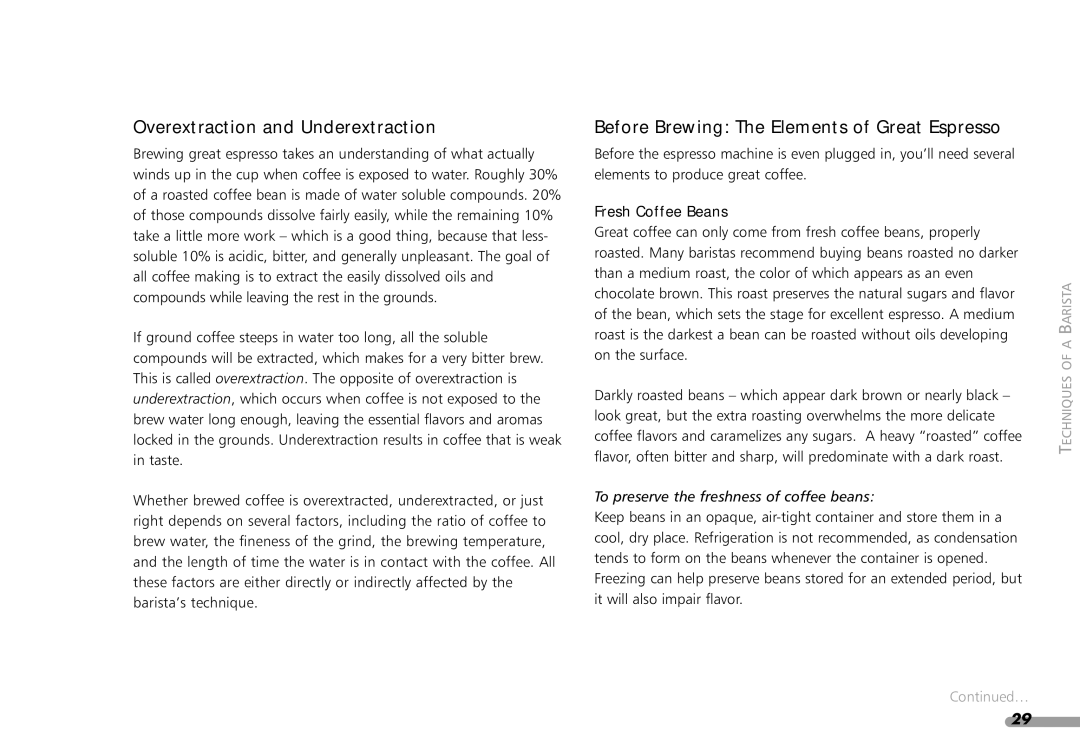KPES100 specifications
The KitchenAid KPES100 is a sophisticated kitchen appliance designed for those who appreciate the art of cooking and the efficiency of modern technology. This electric stand mixer combines style, durability, and functionality, making it a staple in any culinary space.One of the standout features of the KPES100 is its powerful 1.3 horsepower motor, which delivers impressive mixing performance to handle a variety of tasks. This robust motor ensures consistent results whether you're kneading dough, whipping cream, or mixing batter. The mixer comes with multiple speed settings, ranging from gentle stirring to high-speed whipping, giving users flexibility for different recipes and ingredients.
Another key characteristic of the KitchenAid KPES100 is its 4.5-quart stainless steel mixing bowl. The bowl is not only durable but also features a comfortable handle for easy pouring and handling. The bowl’s polished surface is easy to clean, making it a practical choice for any busy kitchen. Additionally, the bowl is dishwasher safe, simplifying the cleanup process after culinary endeavors.
The KPES100 incorporates the Planetary Mixing Action technology, which ensures that the mixing attachment moves in one direction while the bowl rotates in the other. This allows for thorough ingredient incorporation, achieving better mixing results than traditional mixers. This technology is particularly beneficial when working with thick doughs or heavy batters, as it ensures that all ingredients are evenly mixed.
Included with the mixer are several attachments, including a dough hook, a wire whip, and a flat beater, allowing users to tackle a wide range of recipes right out of the box. The easy-to-use attachment system also means that additional accessories can be purchased separately, expanding the mixer’s versatility.
Design-wise, the KPES100 showcases KitchenAid’s signature aesthetic, featuring a sleek and stylish profile available in multiple colors to match any kitchen decor. Its robust construction ensures longevity, while the non-slip feet provide stability during operation.
In summary, the KitchenAid KPES100 stand mixer is a powerful and versatile appliance that combines innovative technology with timeless design. Its efficiency, durability, and range of attachments make it an ideal choice for both novice cooks and seasoned chefs alike, helping to elevate the cooking experience in any home.

